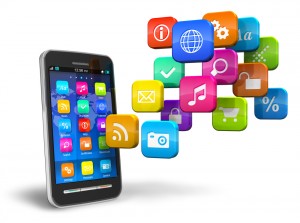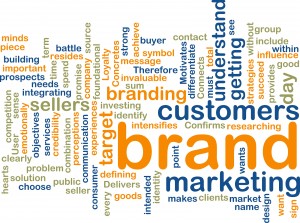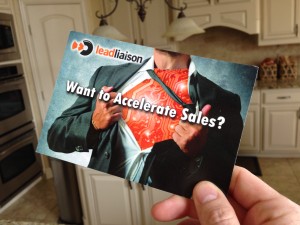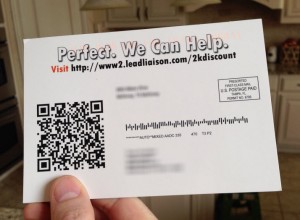3 Ways to Use Marketing Automation to Enhance your User Experience
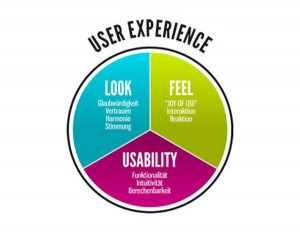 The art of converting prospects into customers begins with their first interaction and experience with your brand, whether that’s through a landing page, social media ad, or (fingers crossed) word of mouth. If this experience is frustrating and not user friendly, what incentive do they have to return? Here are a few points to consider when shaping your user experience and ways to use marketing automation to your advantage:
The art of converting prospects into customers begins with their first interaction and experience with your brand, whether that’s through a landing page, social media ad, or (fingers crossed) word of mouth. If this experience is frustrating and not user friendly, what incentive do they have to return? Here are a few points to consider when shaping your user experience and ways to use marketing automation to your advantage:
Customize
- Landing pages: How did a visitor find your website? Be sure what they’re looking for is the first thing they see. Create a few different landing pages for various scenarios, especially if you have a vast range of products.
- Emails: Make sure you are providing pertinent information that will warrant them to open the email, not unsubscribe. This may include special deals/offers, but nothing too spammy.
- Verbal contact: Utilize marketing automation software to synchronize platforms to be sure sales reps and customer service are on the same page when speaking to a customer or a prospect.
Interact
- Survey your customers: Ask questions about what they believe is your most useful and convenient feature. Survey prospects, ask what they’re looking for in a product and see how closely you can meet their needs.
- Reward: Host contests on social media to engage your followers, and provide a coupon code or free service to those who interact with your brand.
- Customer support: There’s nothing more frustrating for your customers than to pay for a monthly subscription service and not receive the support they need to use your service to their greatest benefit.
Personify
- Don’t be the bot: When automating your marketing process, it’s important to keep in mind your customers are real people that are intelligent and think for themselves. Canned messages just won’t cut it for most. Steer clear of creating bulk messages to send out on social media platforms, as that only invites ridicule. Engage with customers through carefully planned social media campaigns.
- Get the details: Often a step of the implementation or customer support process, getting details from your customer in how exactly they plan to implement your service or product can truly help start a beneficial relationship. By understanding their needs, you’re able to gather insight for further improvement while also providing them with the most efficient way to implement your service.
- Create a two-way conversation: This one is pretty self-explanatory. The basic take-away point is to create an environment in which your customers and prospects alike feel comfortable to interact. Check out these simple steps that encourage your customers to engage in a positive way.


